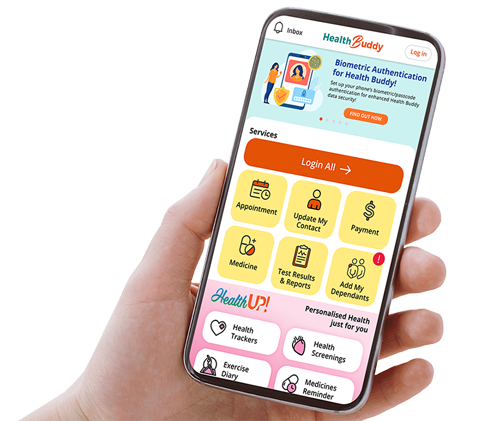What is - Hyaline Membrane Disease (HMD)
Symptoms of Hyaline Membrane Disease (HMD)
Hyaline Membrane Disease (HMD) - How to prevent
Severity of HMD is inversely proportional to gestational age. Antenatal steroids given to a mother at risk of delivering a premature baby reduces the incidence and severity of HMD.
Hyaline Membrane Disease (HMD) - Causes and Risk Factors
Prematurity, maternal health, Caesarean section, condition of the baby at birth can influence disease severity.
Diagnosis of Hyaline Membrane Disease (HMD)
Diagnosis is made on the basis of history, need for respiratory support after birth and chest x-ray changes of Surfactant deficiency.
Treatment for Hyaline Membrane Disease (HMD)
Surfactant replacement therapy, respiratory support, in addition to optimal neonatal care and management of complications (e.g. pneumothorax) limit the duration and severity of HMD. Respiratory support might be in the form of oxygen therapy, CPAP or mechanical ventilation in severe HMD when non-invasive support is ineffective in maintaining gas exchange.
Contributed by
The information provided is not intended as medical advice. Terms of use. Information provided by SingHealth.
















